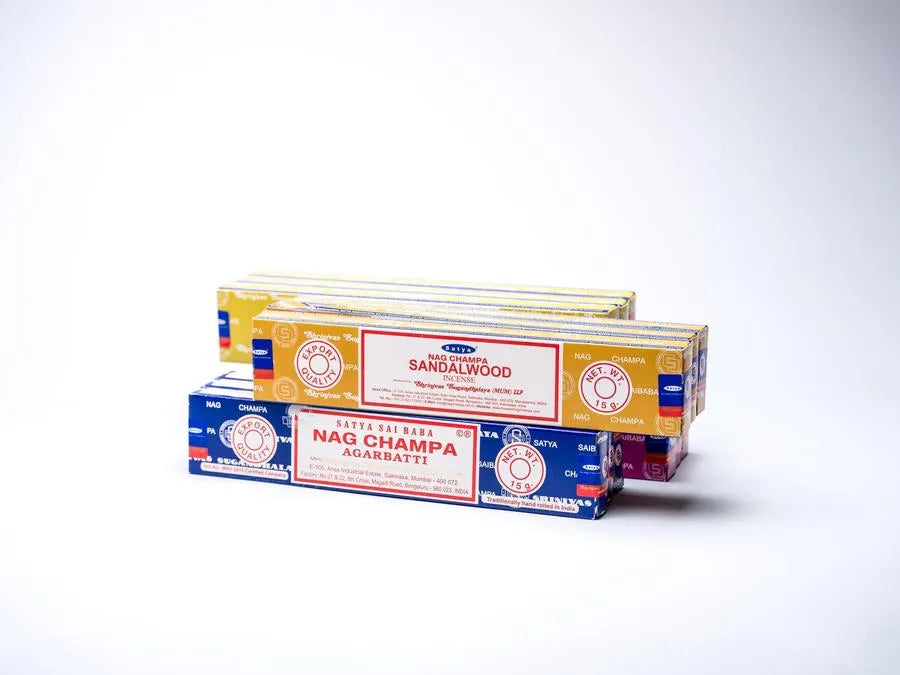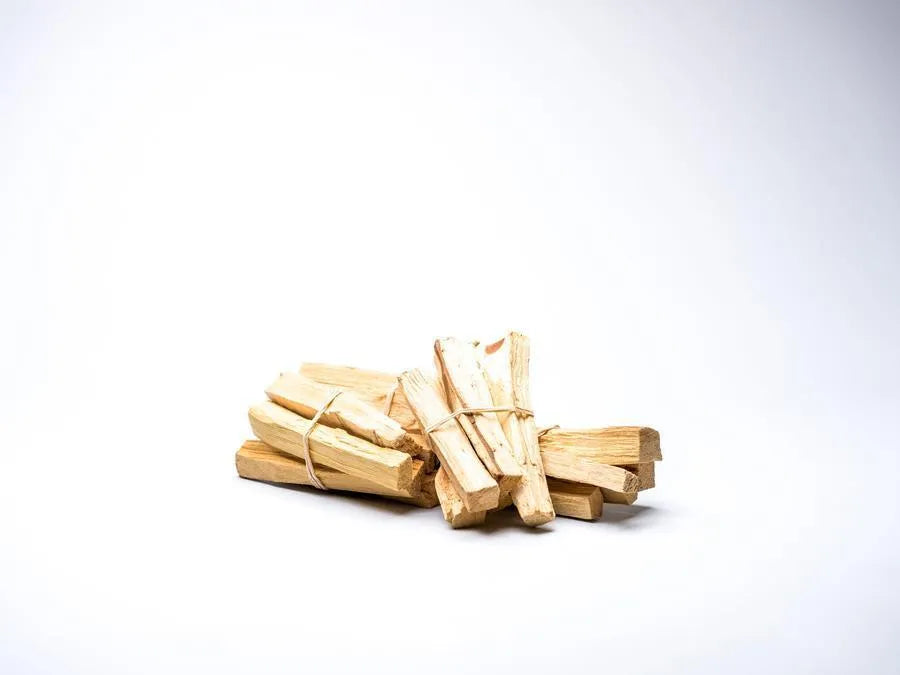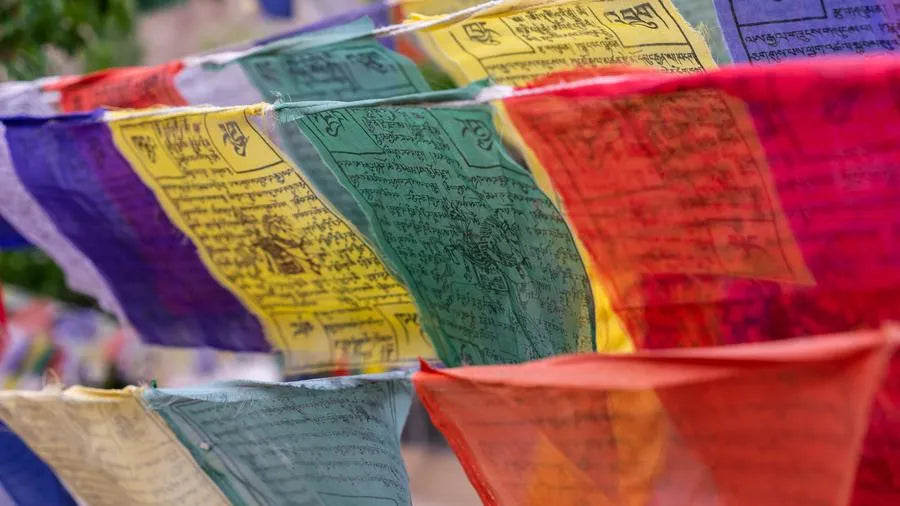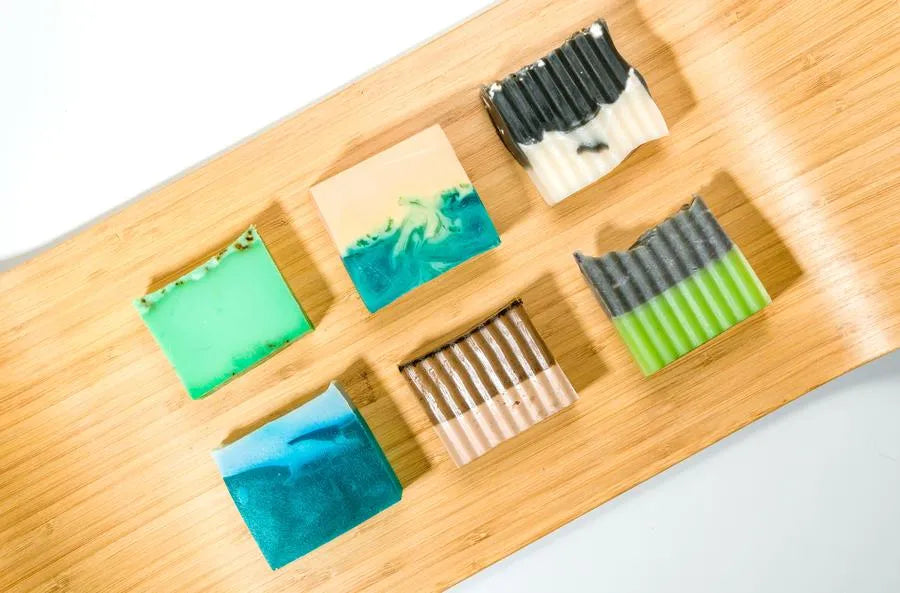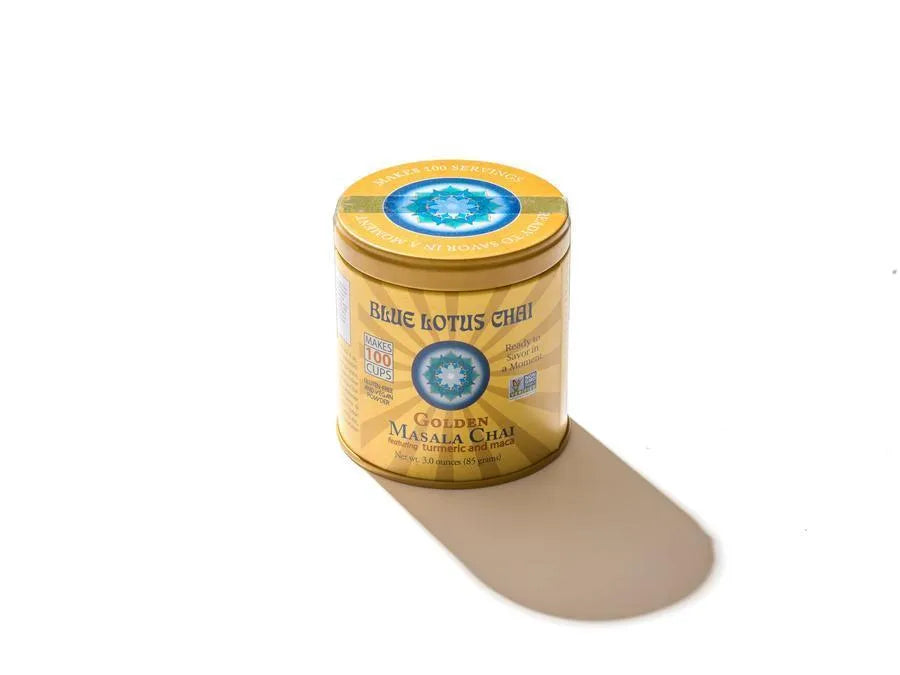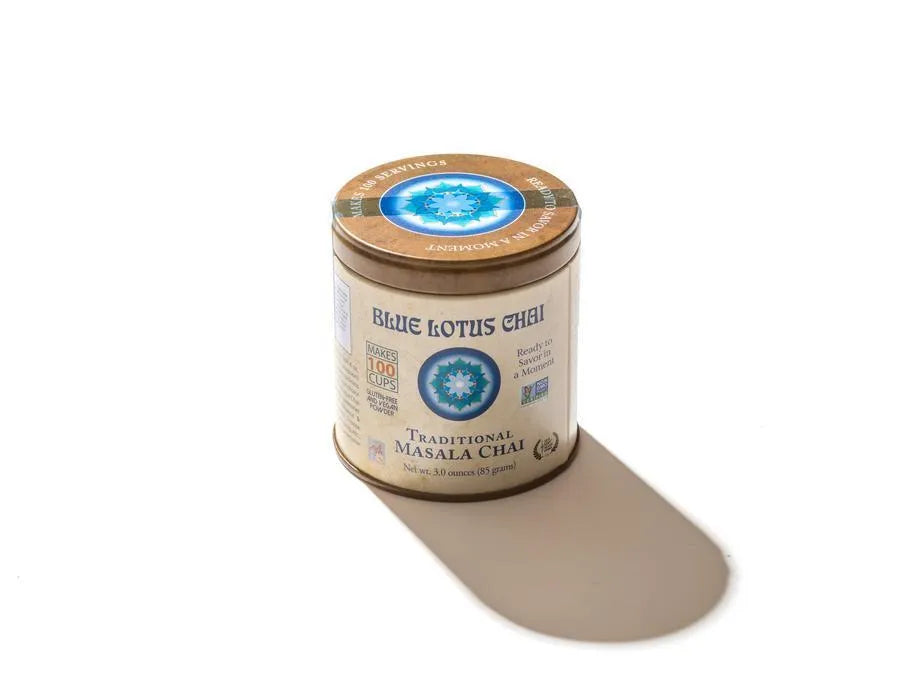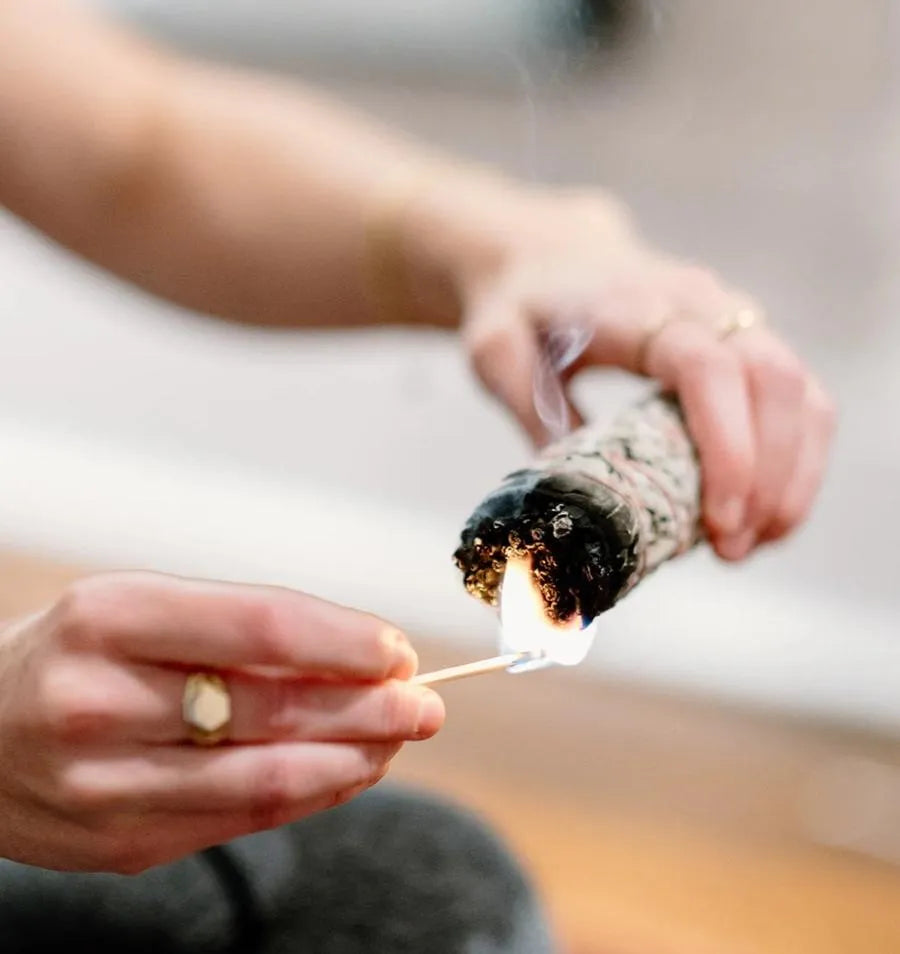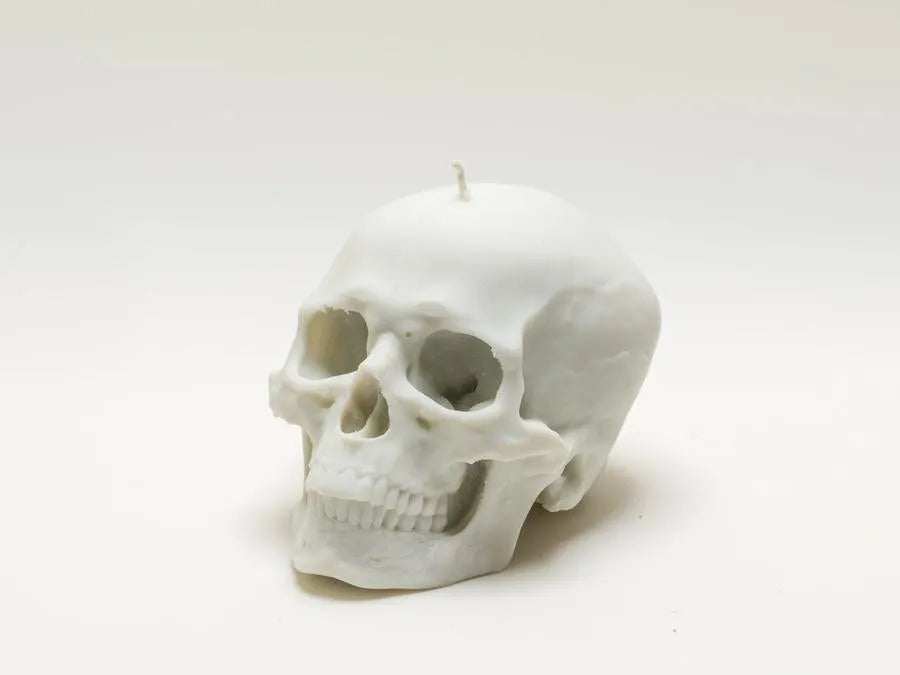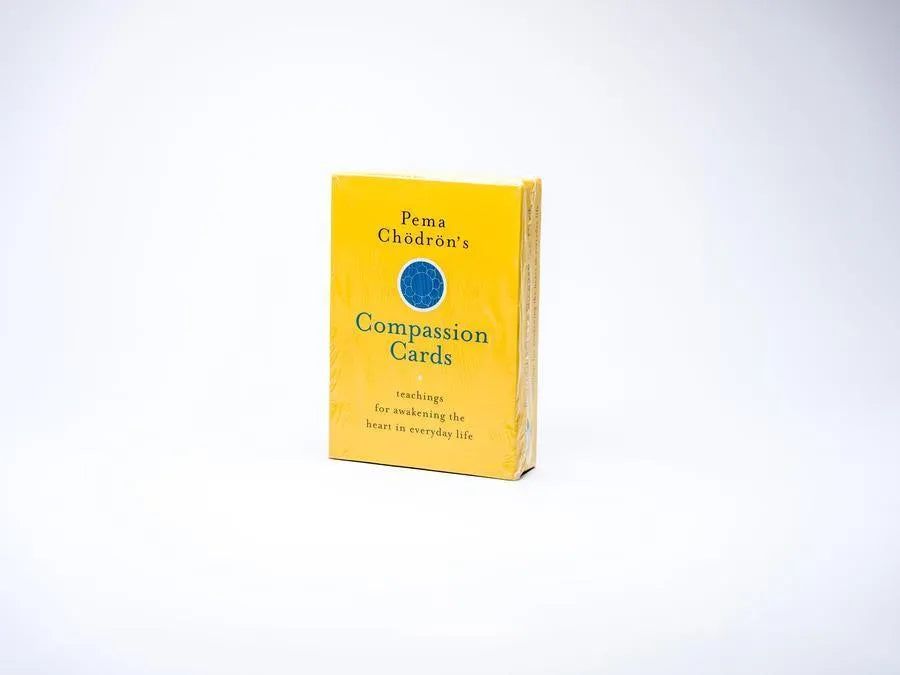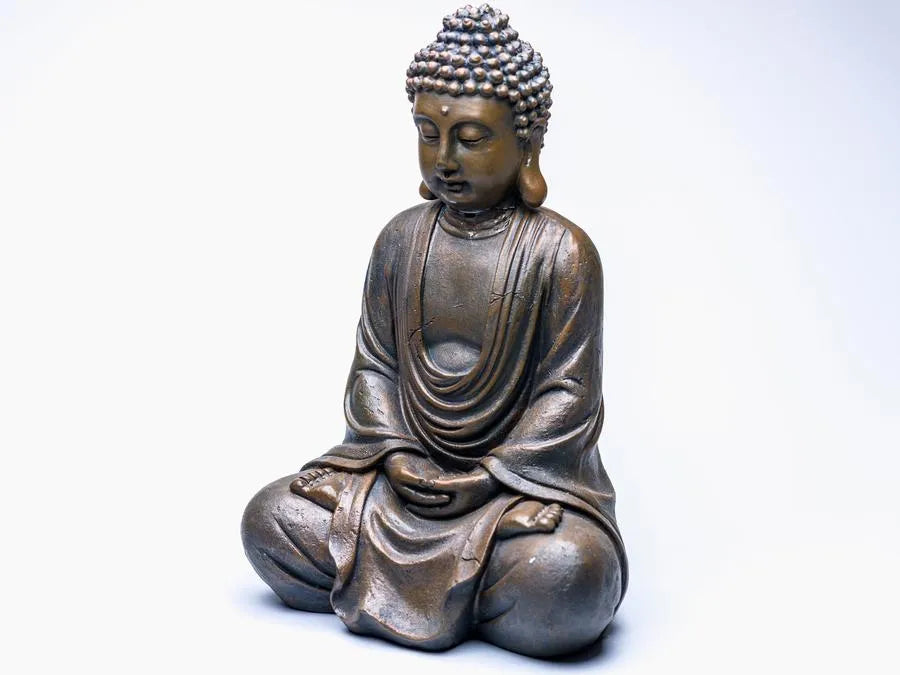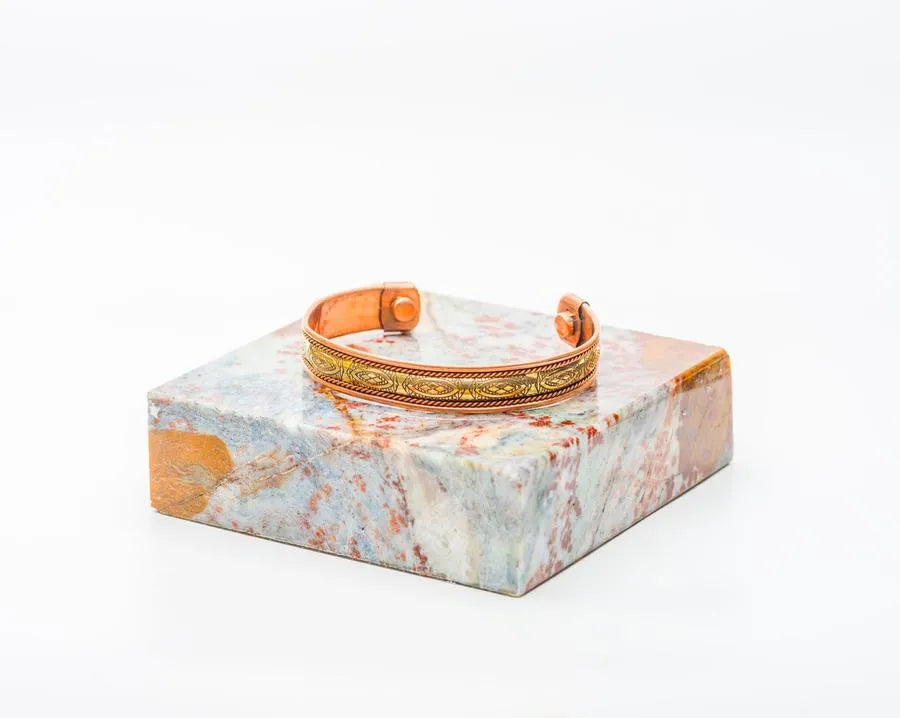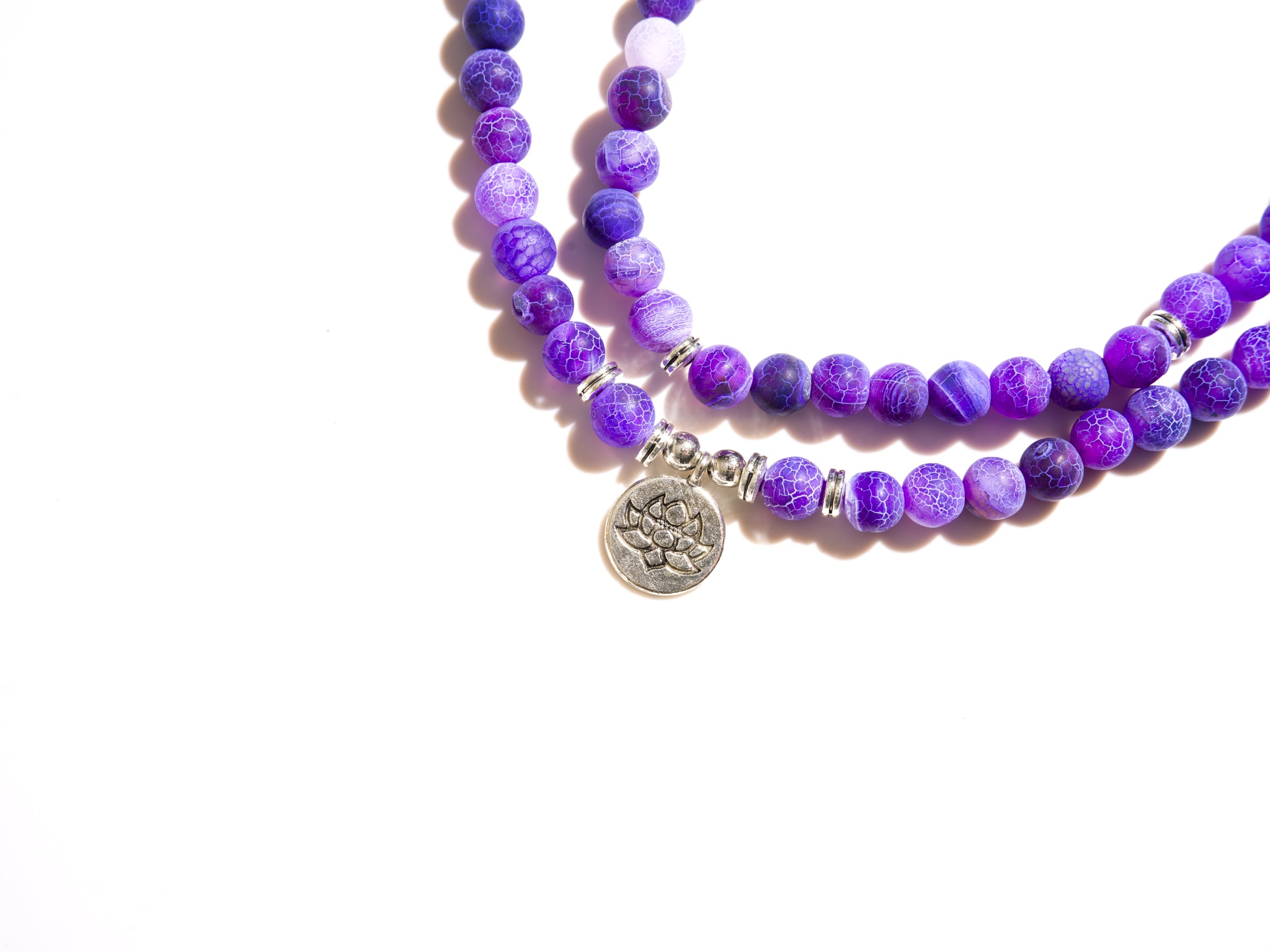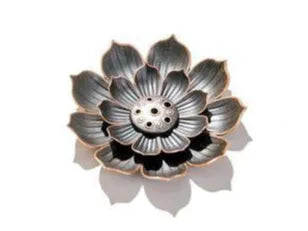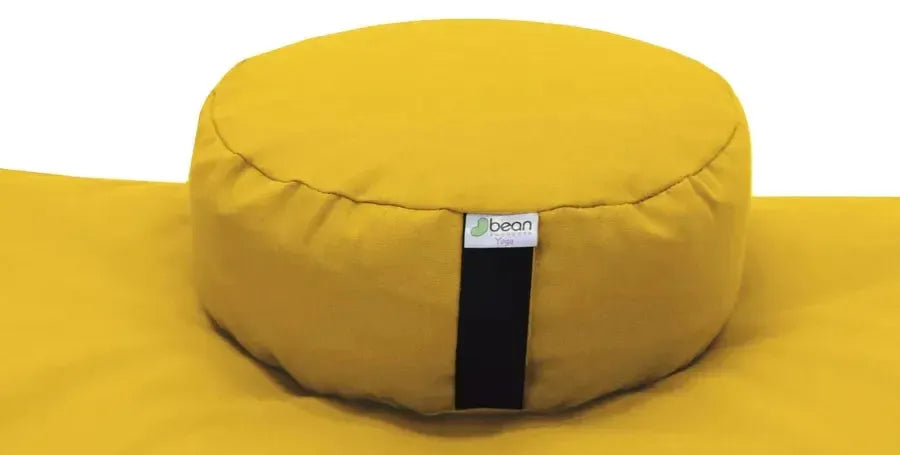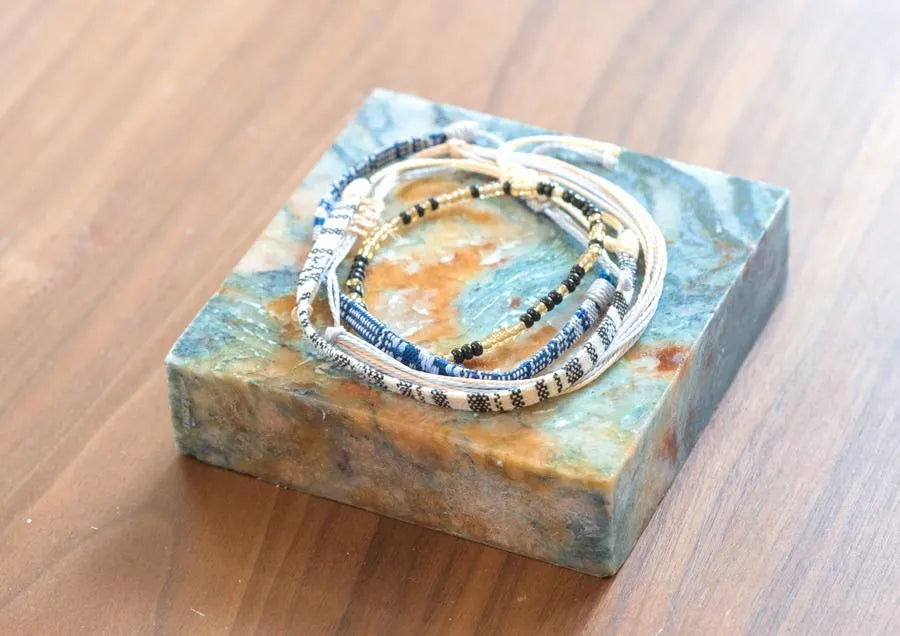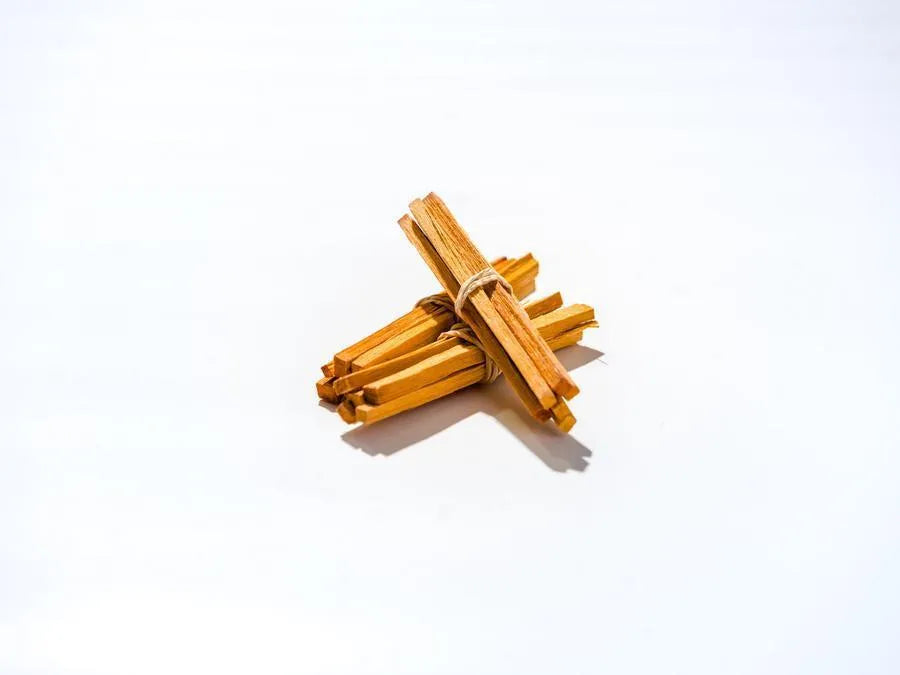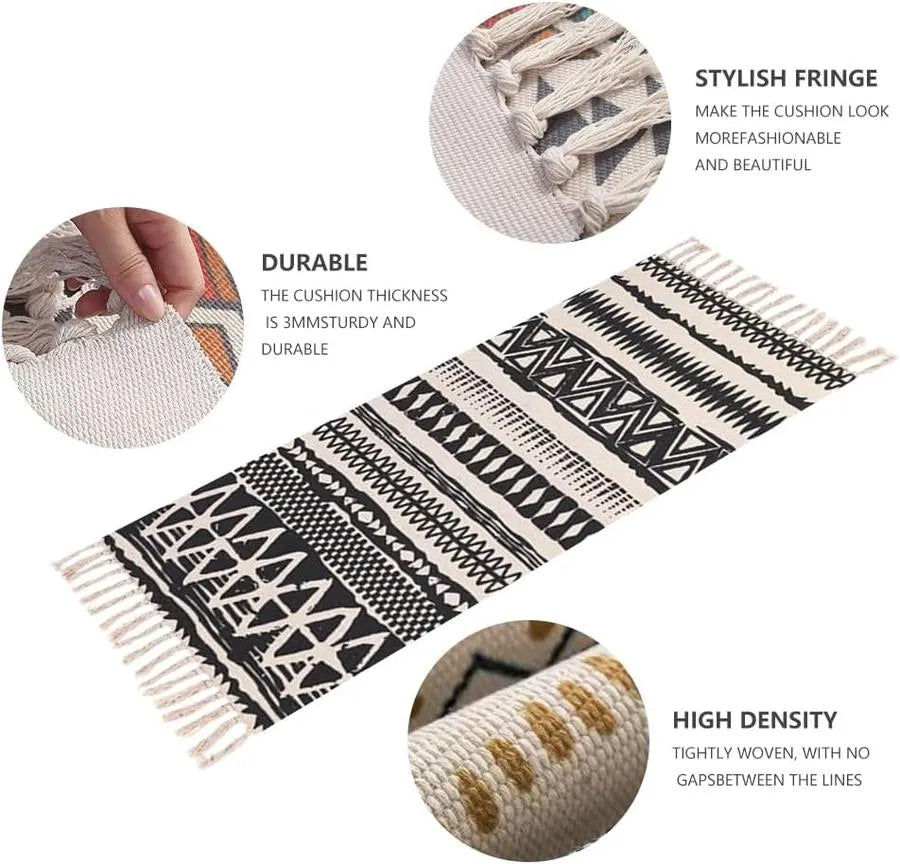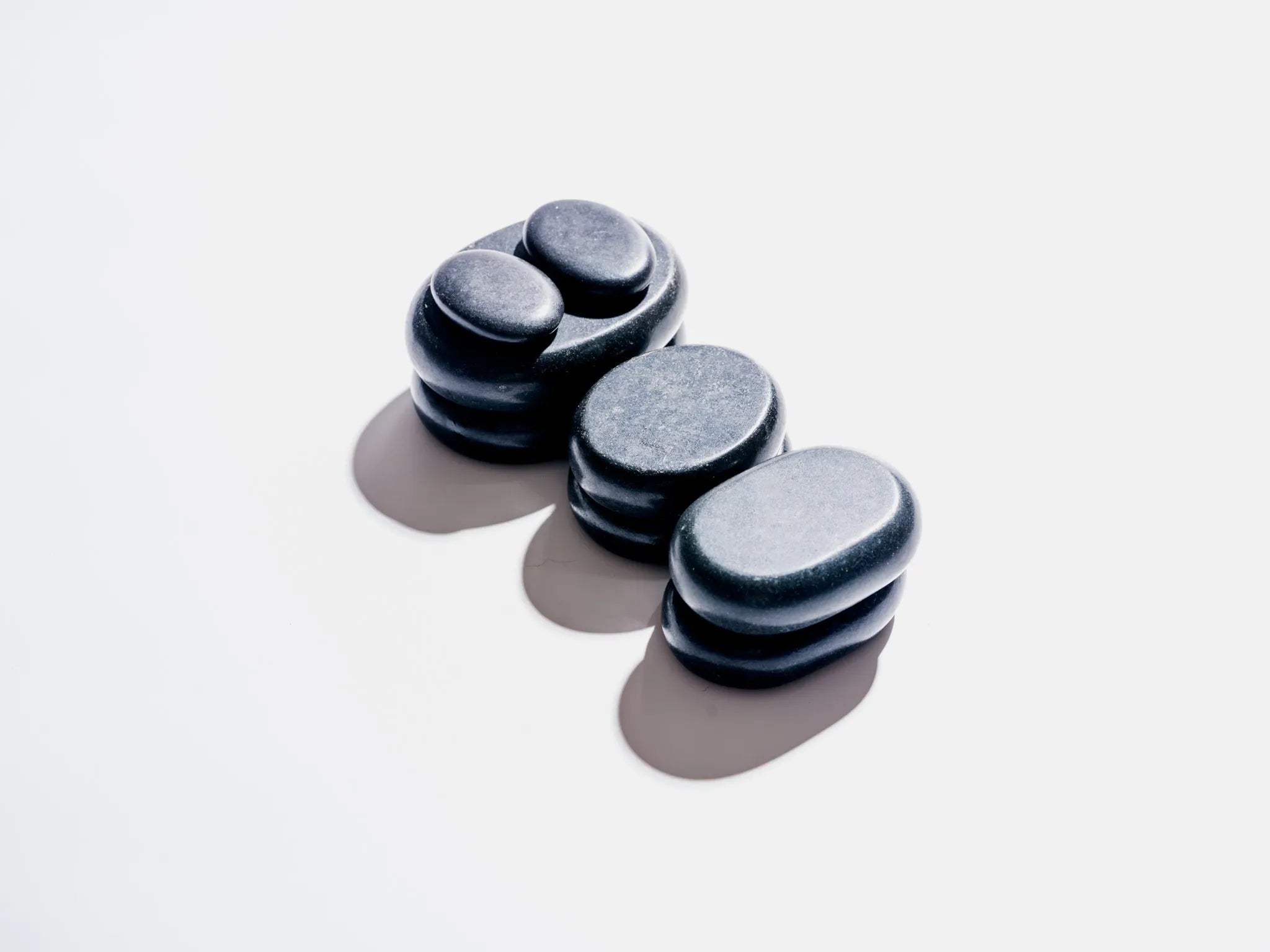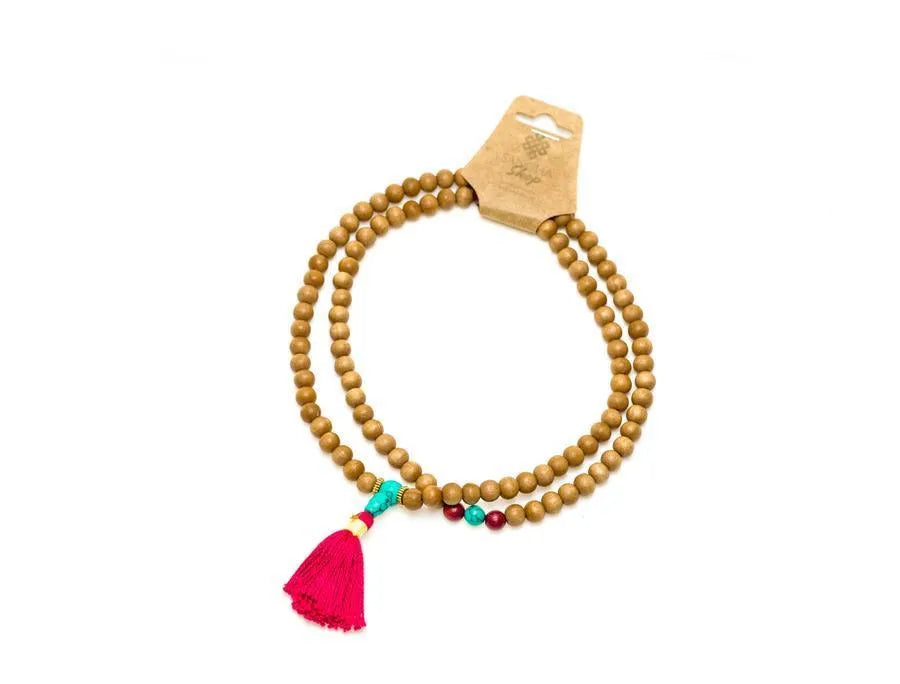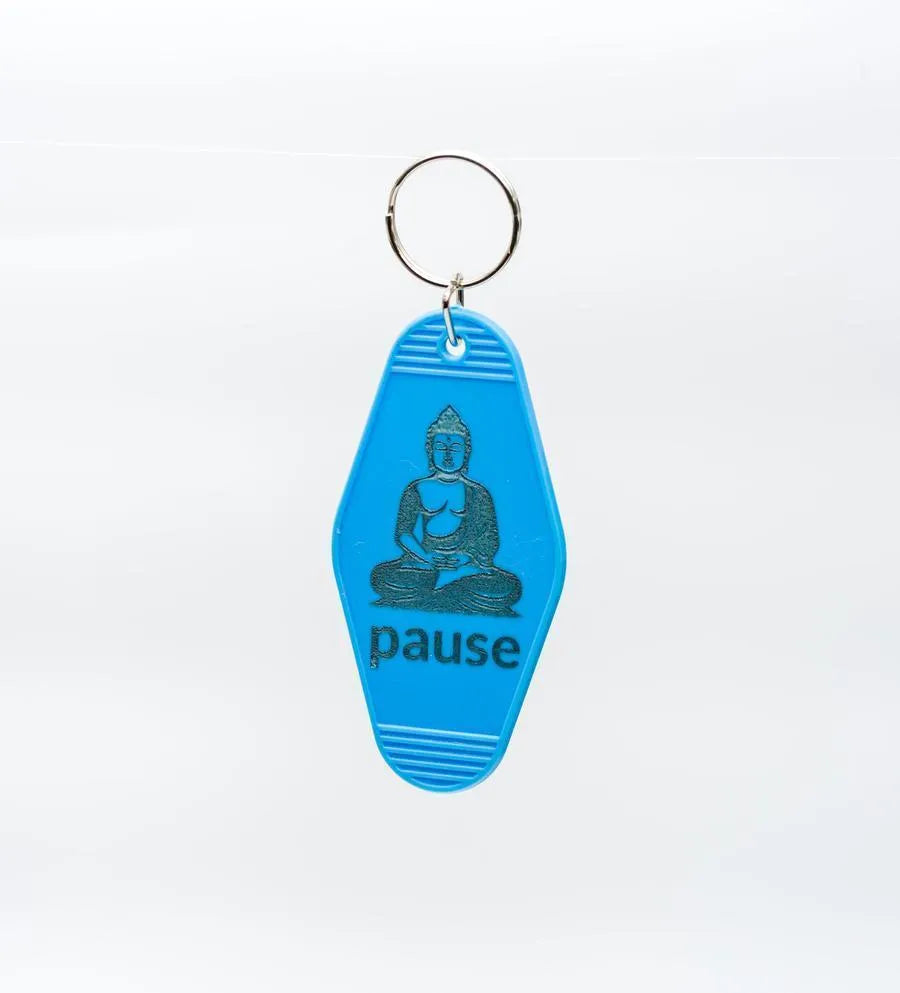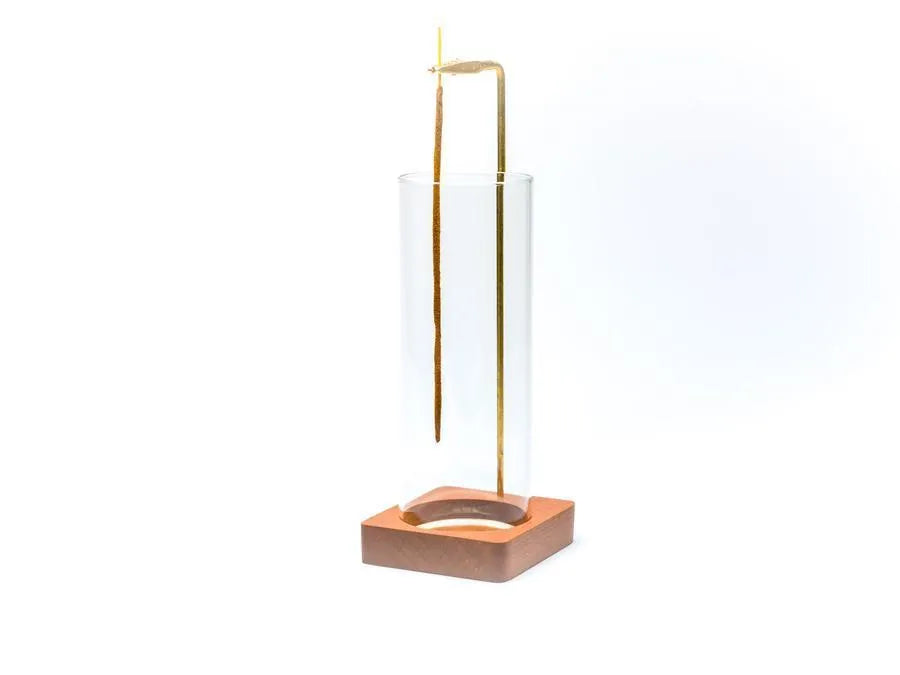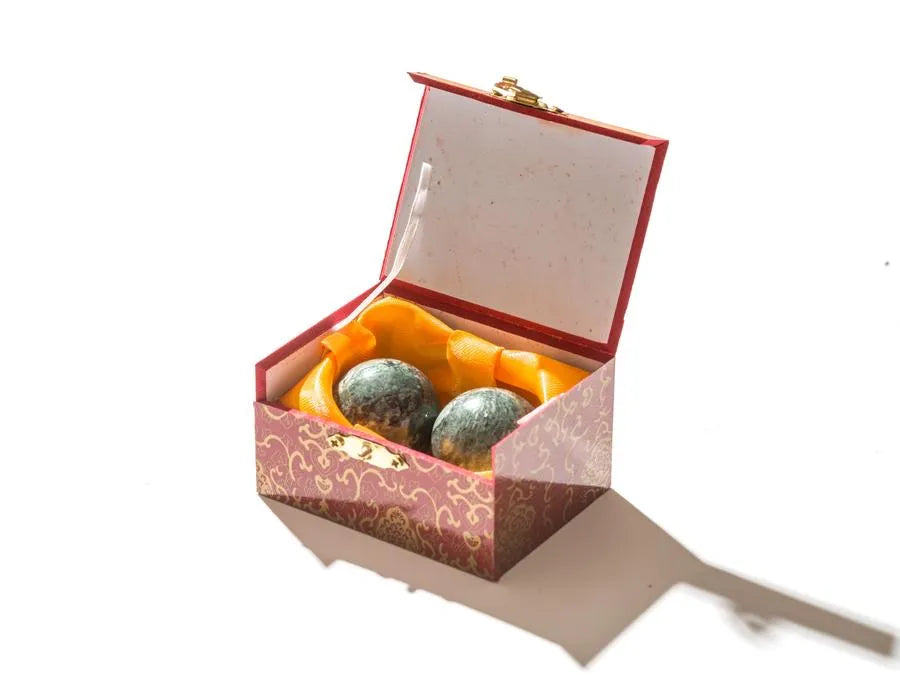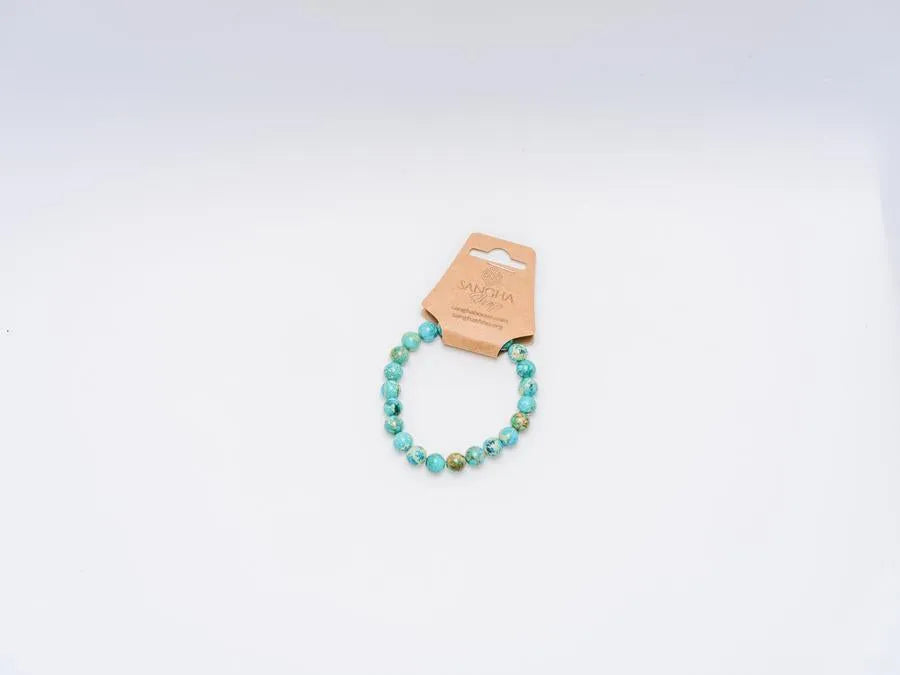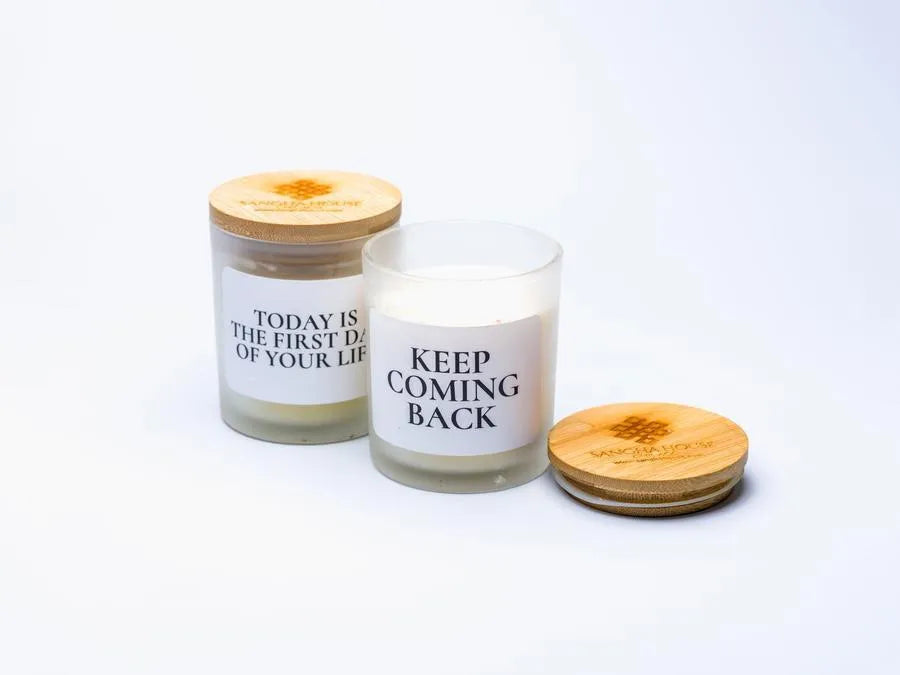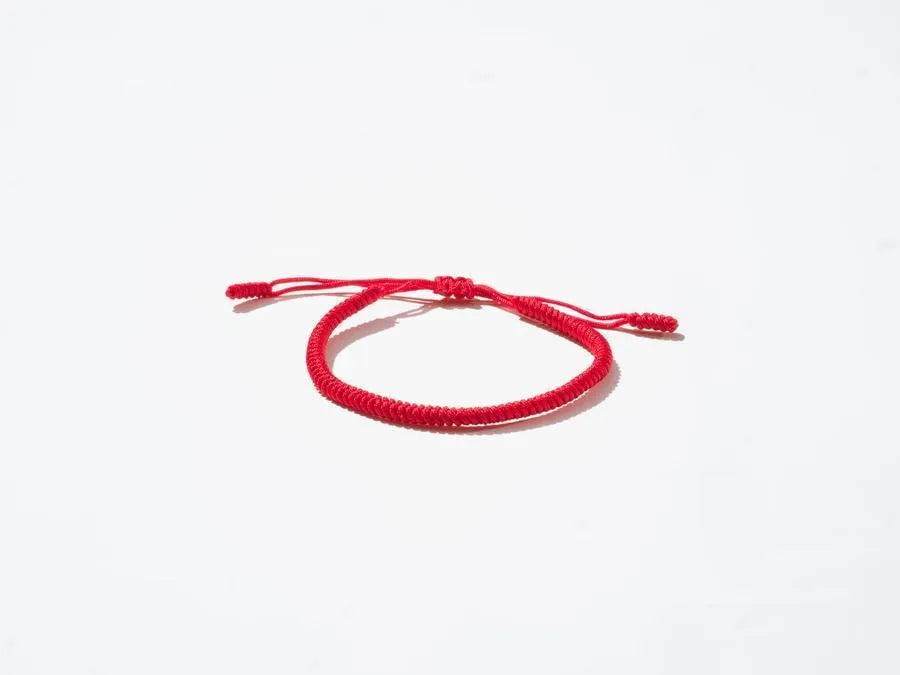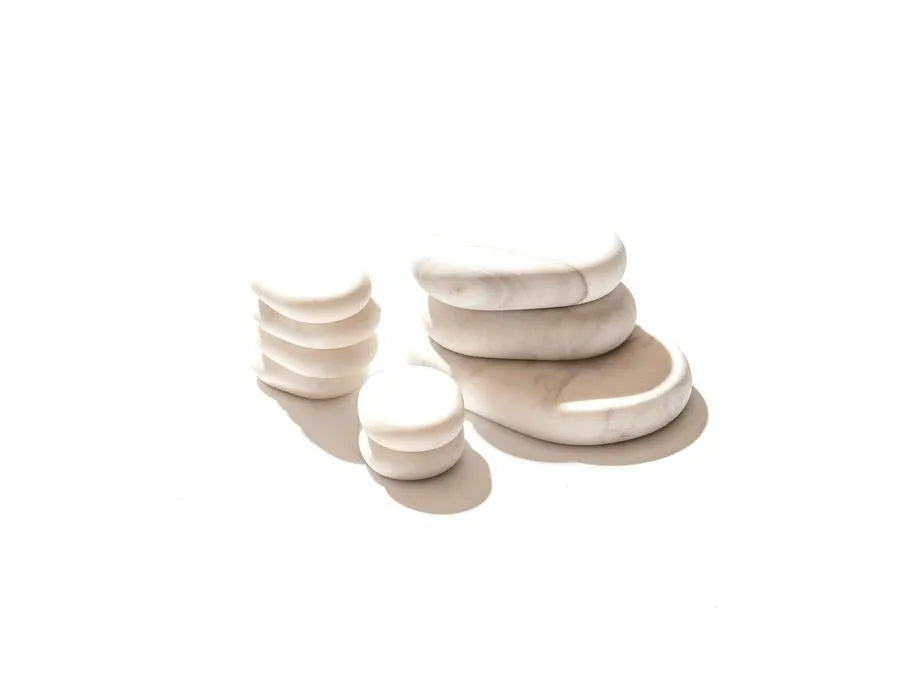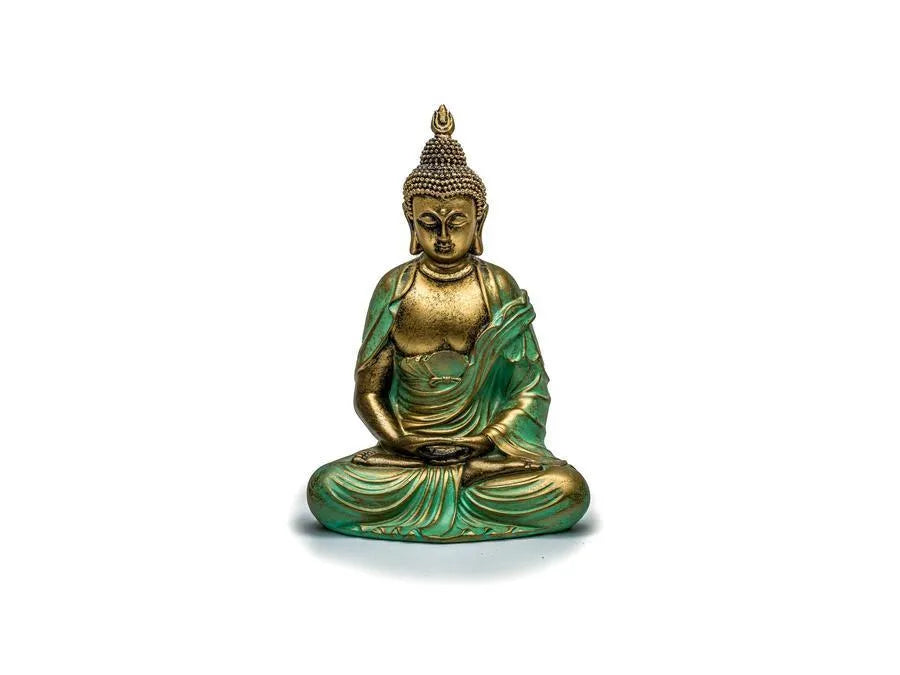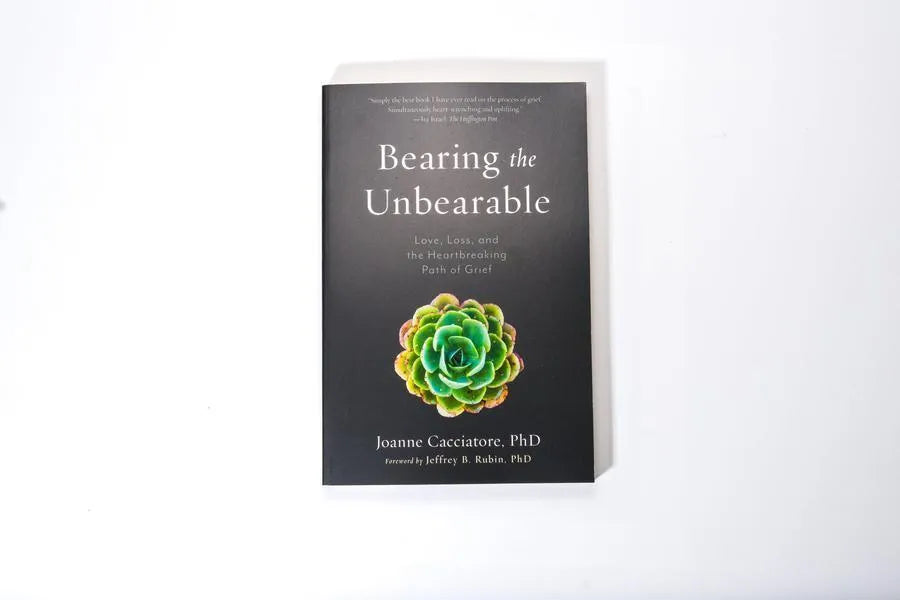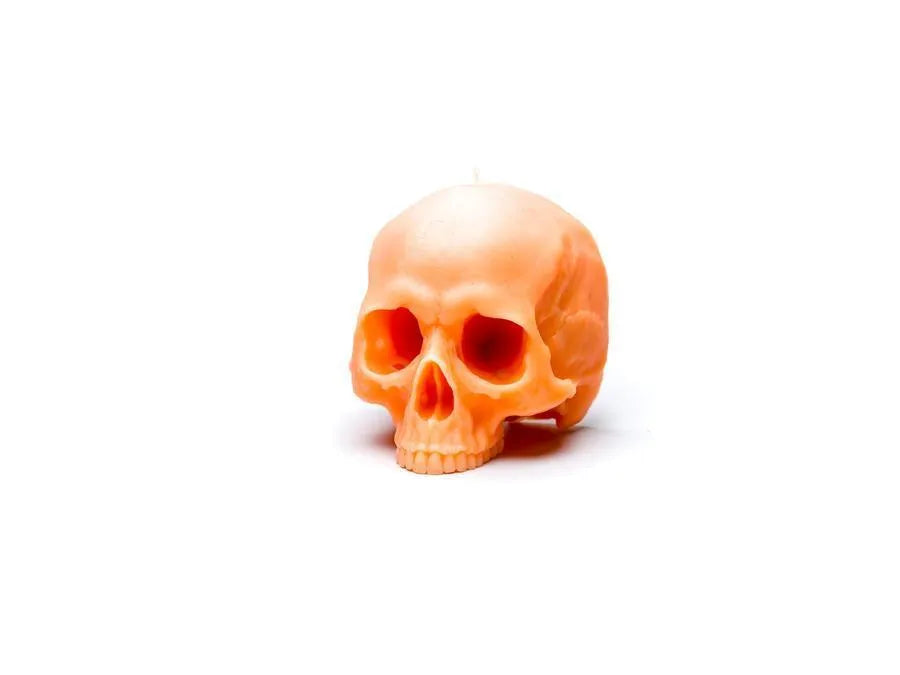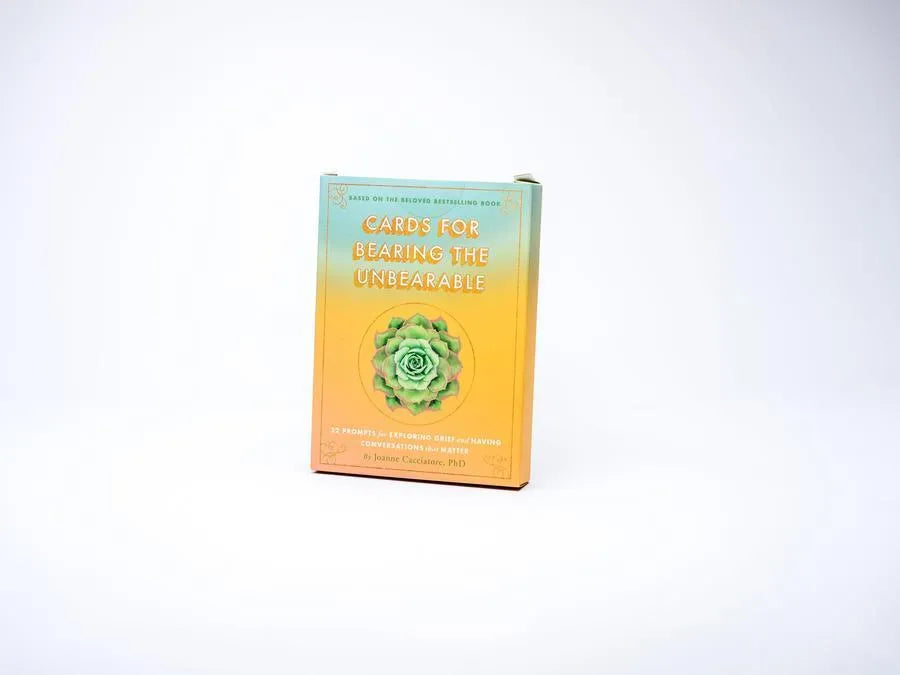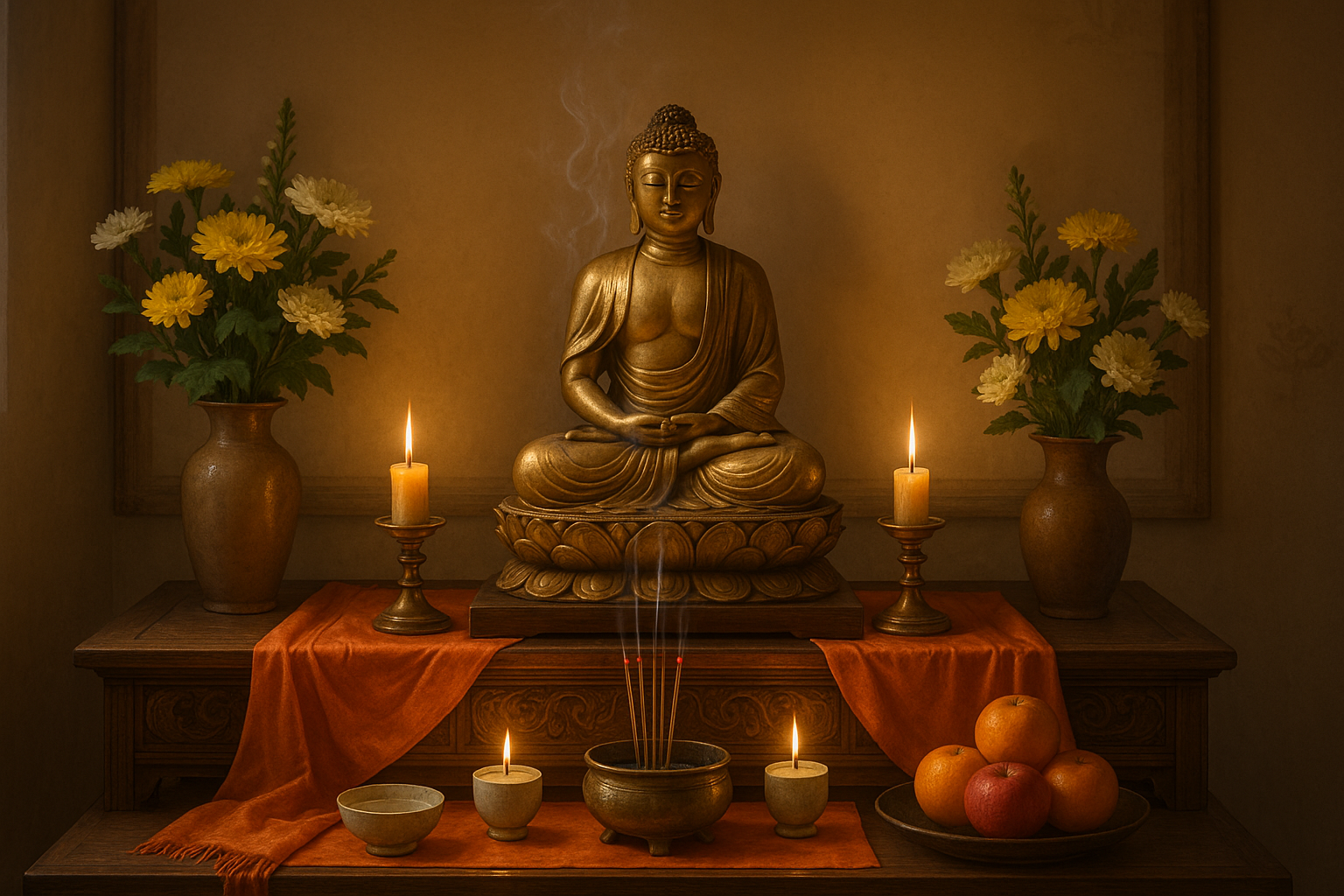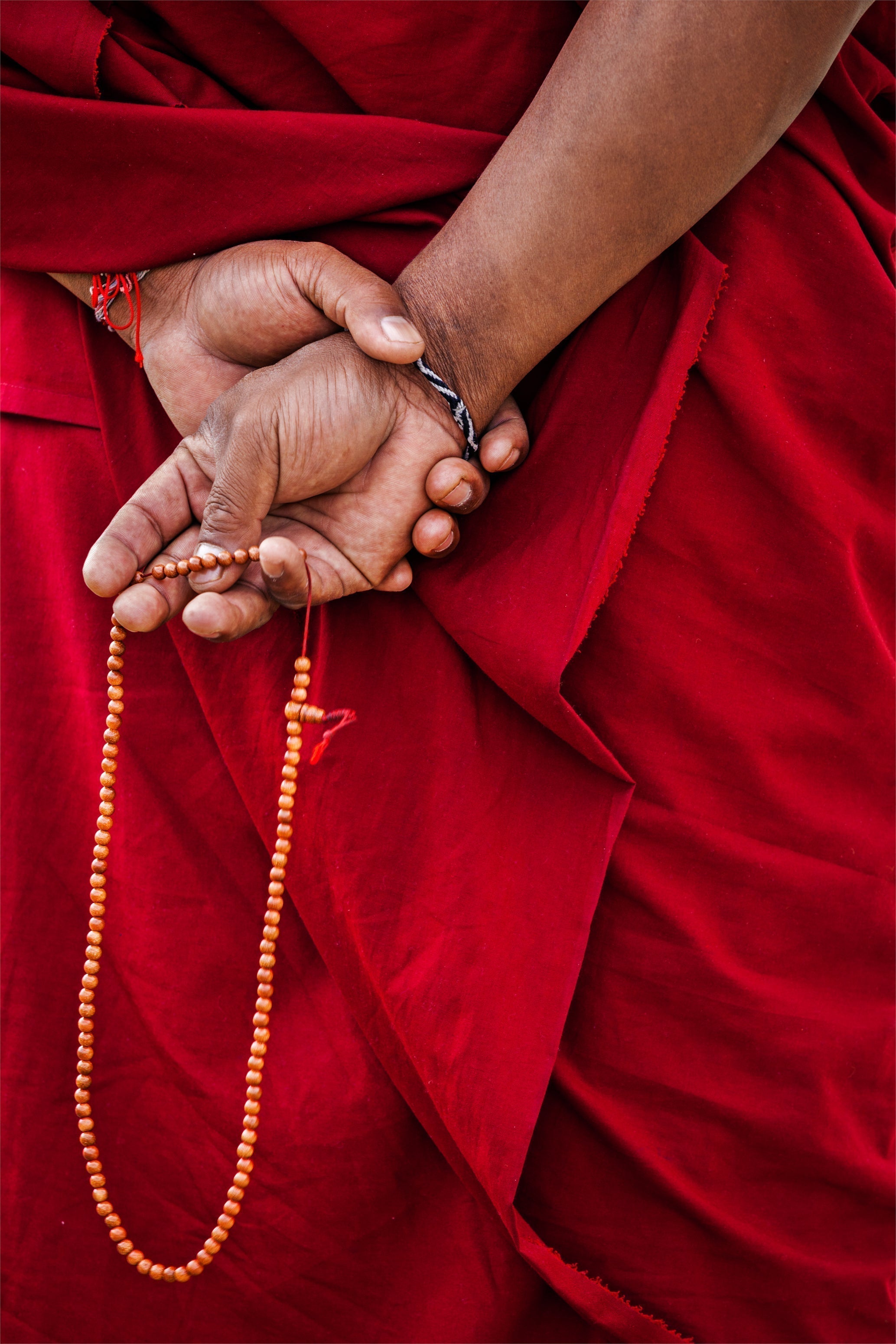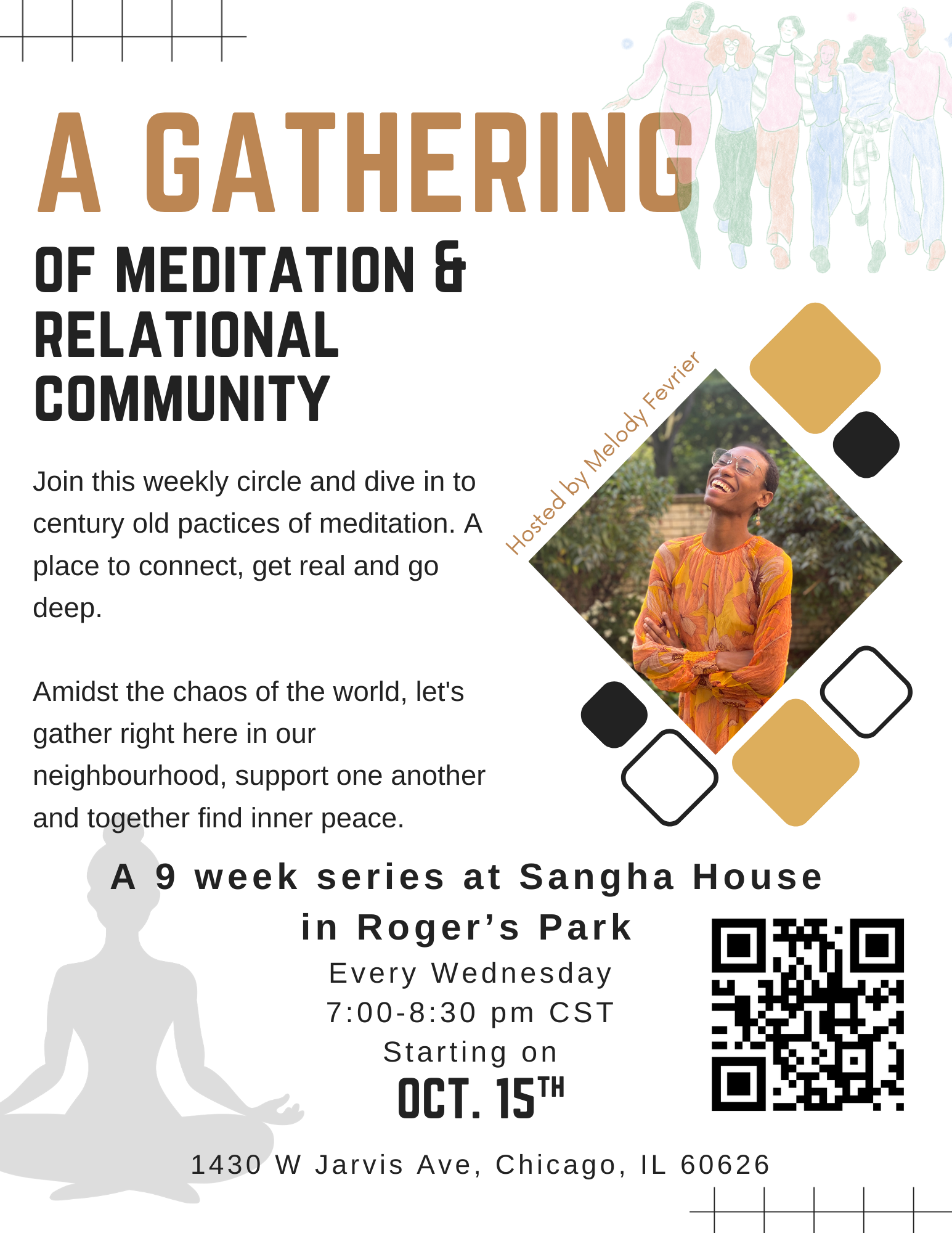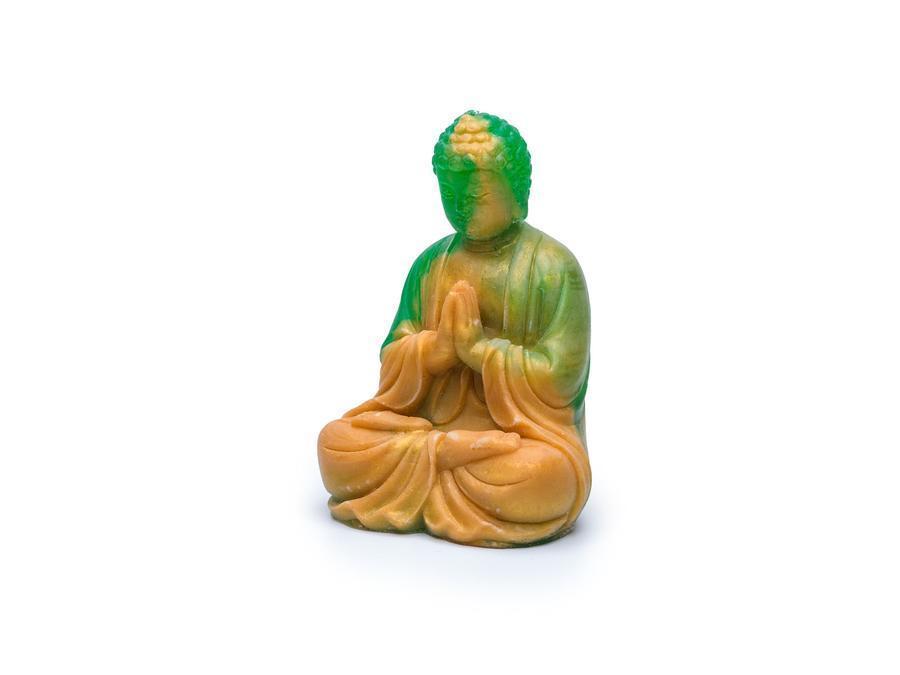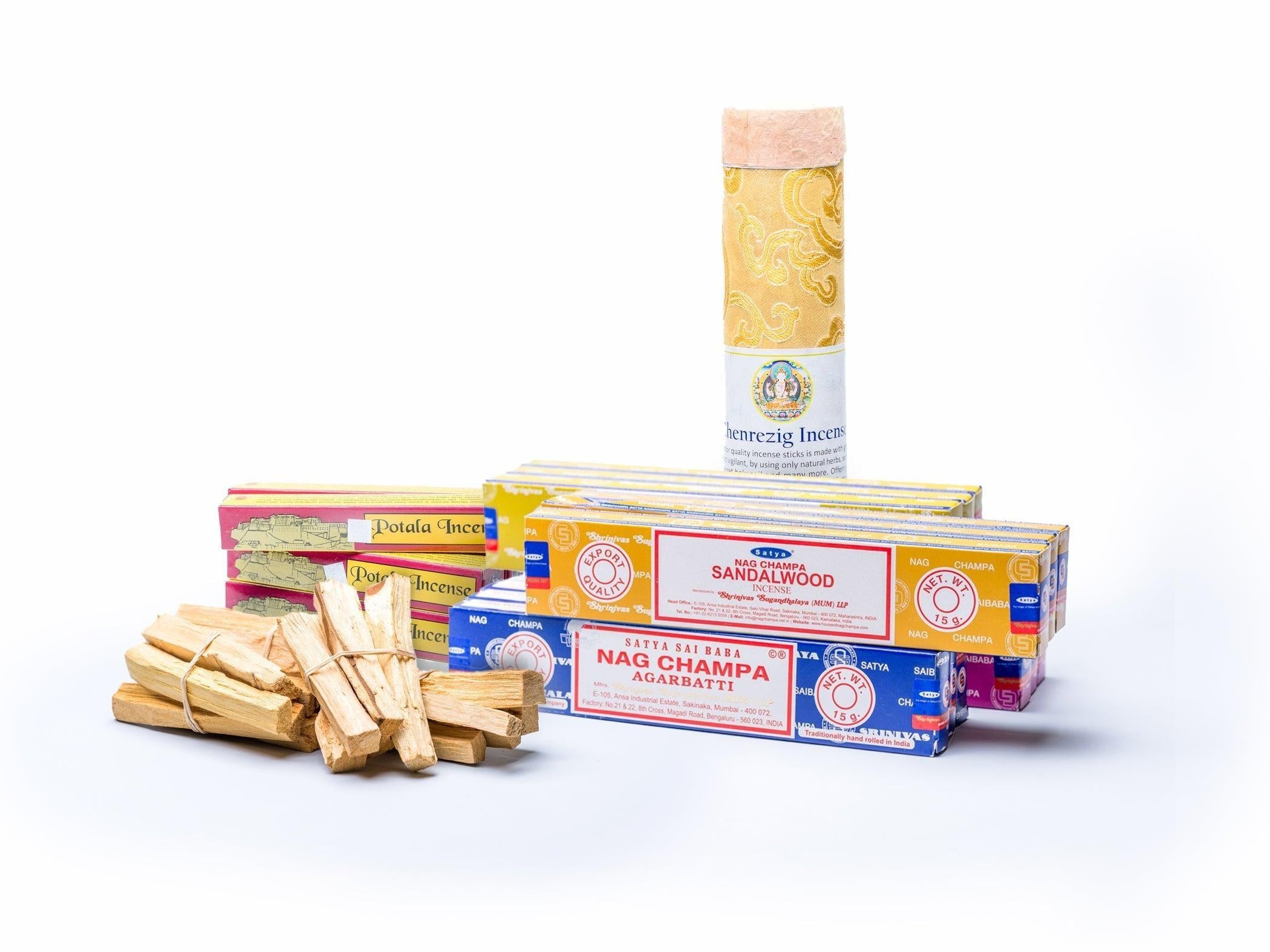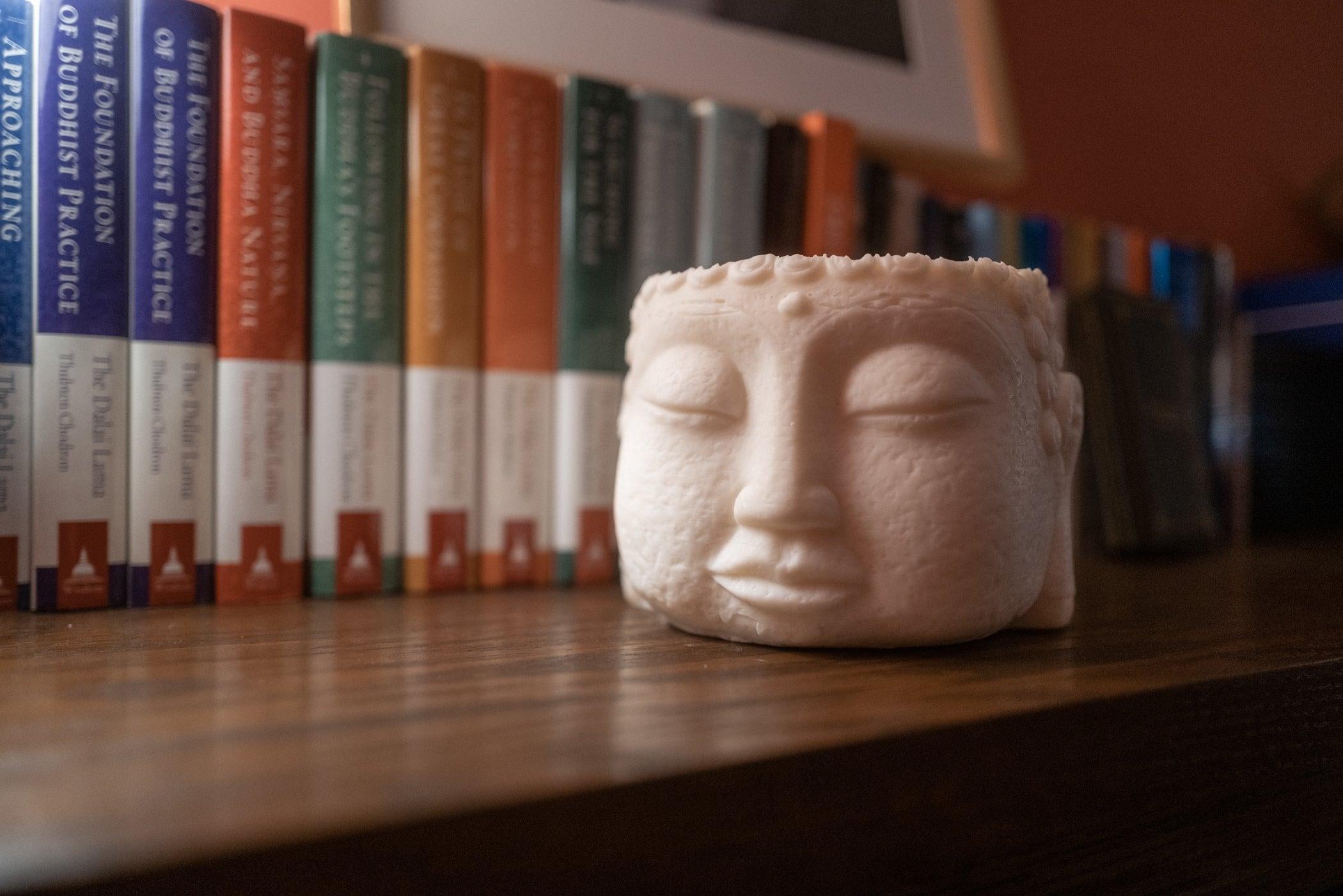
An altar isn’t about decoration — it’s about devotion. In Buddhism, an altar reflects the Buddha’s enlightened body, speech, and mind — reminders of the qualities we’re cultivating: compassion, clarity, and wisdom. A home altar becomes a daily touchpoint for practice, gratitude, and presence.
Why Have an Altar?
A home altar is both mirror and refuge. It anchors your intention to live with awareness and kindness. Sitting before it helps the mind settle and the heart soften. You don’t need much to begin: a clean surface, a Buddha image, and a candle are enough to start.
Where to Set It Up
Place your altar somewhere calm, clean, and respected. A dedicated shrine room is wonderful, but a small shelf or table works. Keep it slightly higher than your seated head height; avoid surfaces with competing uses (coffee tables, nightstands). If it’s in a bedroom, place it near the head of the bed. A simple meditation cushion or zafu in front of your altar can turn any corner into a sacred space.
What Belongs on an Altar?
Traditionally, three objects represent the Buddha’s body, speech, and mind:
- Body: a Buddha statue or image.
- Speech: a scripture or short passage from a Dharma text.
- Mind: a stupa or symbol of awakened mind.
If you only have one image, let it represent all Three Jewels — Buddha, Dharma, and Sangha. Keep your arrangement simple; let the Buddha remain central. Add items that inspire you (teachers, bodhisattvas, protectors) without crowding the space.
Offerings and Their Meaning
Offerings are a practice of generosity. In Tibetan tradition, seven water bowls represent the limbs of prayer (prostration, offering, confession, rejoicing, requesting Buddhas to remain, beseeching them to teach, dedication). You can also offer flowers, incense, candles, or a small portion of your meal. Offer what is clean and pleasing — and offer it with the wish that all beings benefit.
How to Arrange Offerings
Place offerings slightly below the central images. Set seven clean bowls in a straight line, close but not touching, and fill them with fresh water each morning — nearly to the rim. A lamp or candle (symbolizing wisdom) can sit between the third and fourth bowls. When you finish for the day, empty the bowls respectfully, dry them, and turn them upside down; return the water to plants or the earth.
Rituals that Support Practice
- Rinse your face before approaching the altar as a sign of respect.
- Light a candle, offer water or a flower, and sit on your cushion.
- Recite a simple dedication: “May all beings be free from suffering.”
These small rituals help the body remember what the mind forgets — that presence is always available. Explore handmade offering bowls & ritual tools and candles to support your practice.
Keeping It Alive
Your altar is a living space of intention. Dust it, refresh water, and replace offerings with care. It doesn’t need perfection — it needs presence. Let it evolve with your practice. When you’re ready to deepen the space, add a small mala, a bell, or a handwritten intention.
Build Your Sacred Space
Begin simply and let meaning grow through daily contact. If you’re building your first altar, browse:
Every purchase supports Sangha House — our Rogers Park community for meditation, recovery, and mindful living.
Meta Info (for Shopify SEO settings)
- Meta Title: Creating a Buddhist Altar at Home – Setup & Offerings
- Meta Description: Learn how to set up a Buddhist altar at home. Simple steps for placement, offerings, and ritual — with handmade tools from Sangha Shop.
- URL Handle: /blogs/journal/how-to-create-a-buddhist-altar

